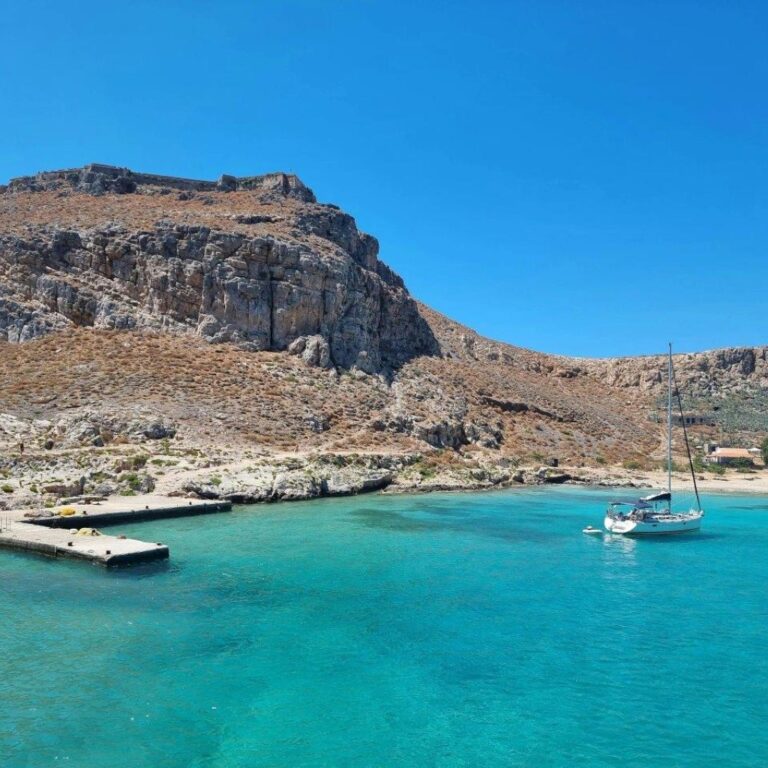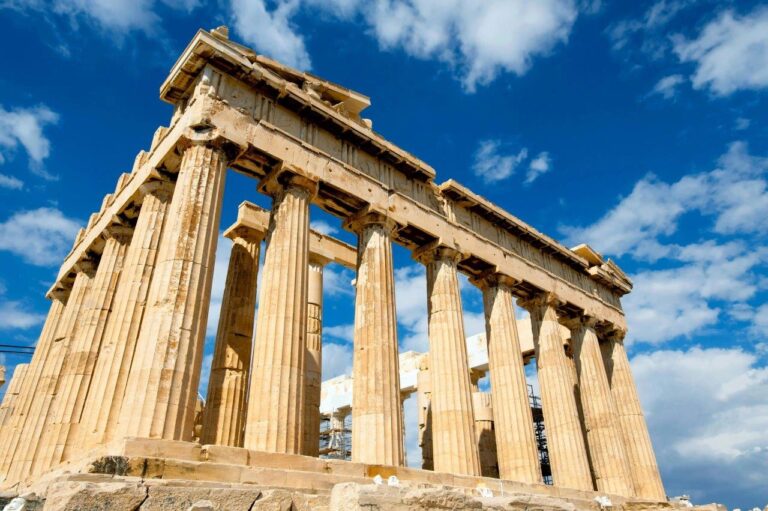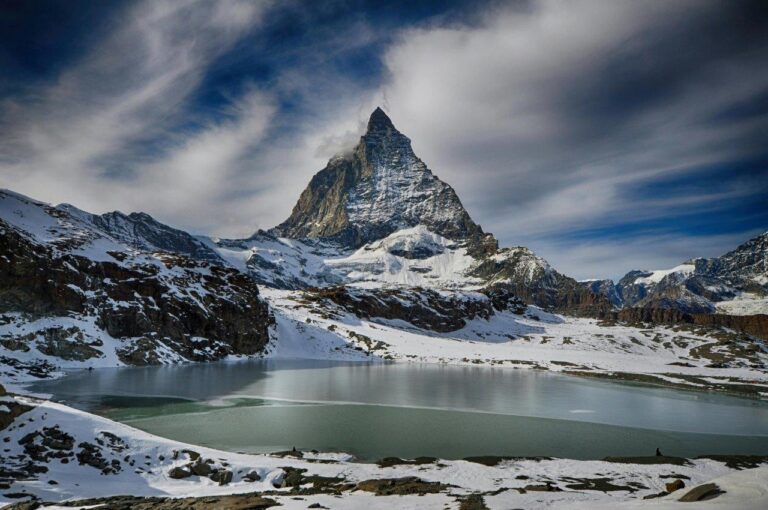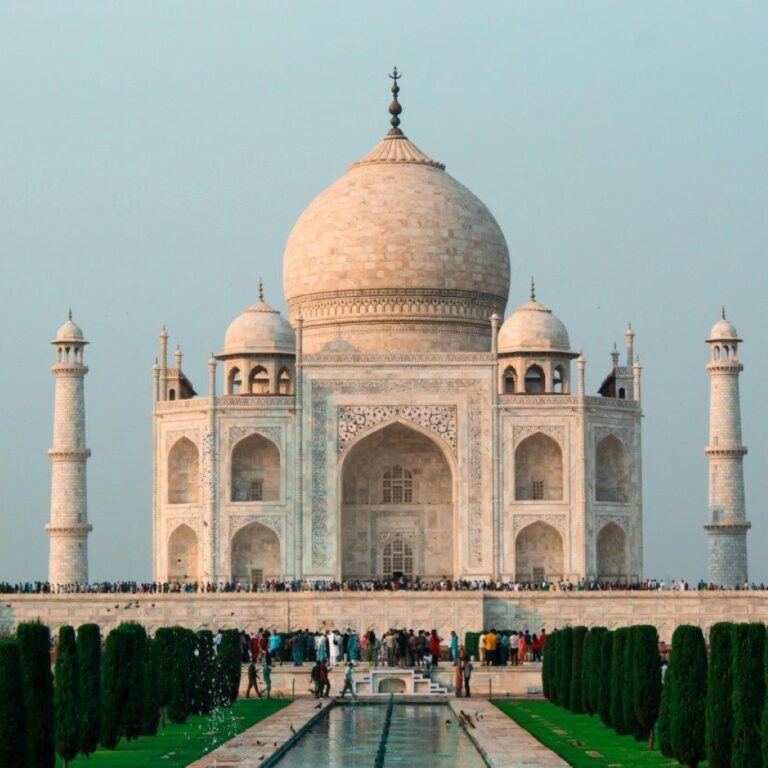Crete is the largest and most populous of the Greek islands, covering an area of 8,336 square kilometers (3,219 square miles).
The island is considered the cradle of the Minoan civilization, which flourished between 2700 and 1450 BC and is regarded as the earliest recorded civilization in Europe.
The Palace of Knossos, located near the capital city of Heraklion, is one of the most important archaeological sites in Greece and was the ceremonial and political center of the Minoan civilization.
Crete has a diverse landscape, ranging from beautiful beaches and turquoise waters to rugged mountains and deep gorges.
The island is home to the Samaria Gorge, one of the longest gorges in Europe, stretching 16 kilometers (10 miles) through the White Mountains.
Crete's cuisine is renowned for its use of fresh, local ingredients and is considered one of the healthiest diets in the world. The Cretan diet is rich in olive oil, vegetables, and seafood.
The island has a unique dialect of Greek, known as Cretan Greek, which includes words and phrases not found in standard modern Greek.
Crete is famous for its traditional music and dance, with the lyra, a three-stringed bowed instrument, being central to Cretan music.
The island is known for its hospitality, with the concept of 'filoxenia' (love of strangers) being an integral part of the Cretan culture.
Crete was ruled by various civilizations over the centuries, including the Romans, Byzantines, Venetians, and Ottomans, each leaving their mark on the island's architecture and culture.
The island is home to numerous caves, including the Dikteon Cave, which according to Greek mythology, was the birthplace of Zeus, the king of the gods.
The city of Rethymno has one of the best-preserved old towns in Greece, featuring Venetian and Ottoman architecture.
Crete is a biodiversity hotspot, with a wide variety of plant and animal species, many of which are endemic to the island.
The Battle of Crete, fought during World War II in 1941, was a significant event in the island's history, with fierce resistance from the local population against the German invasion.
The island enjoys a Mediterranean climate, with mild, wet winters and hot, dry summers, making it a popular destination for tourists year-round.
How useful was this post?
Click on a star to rate it!



